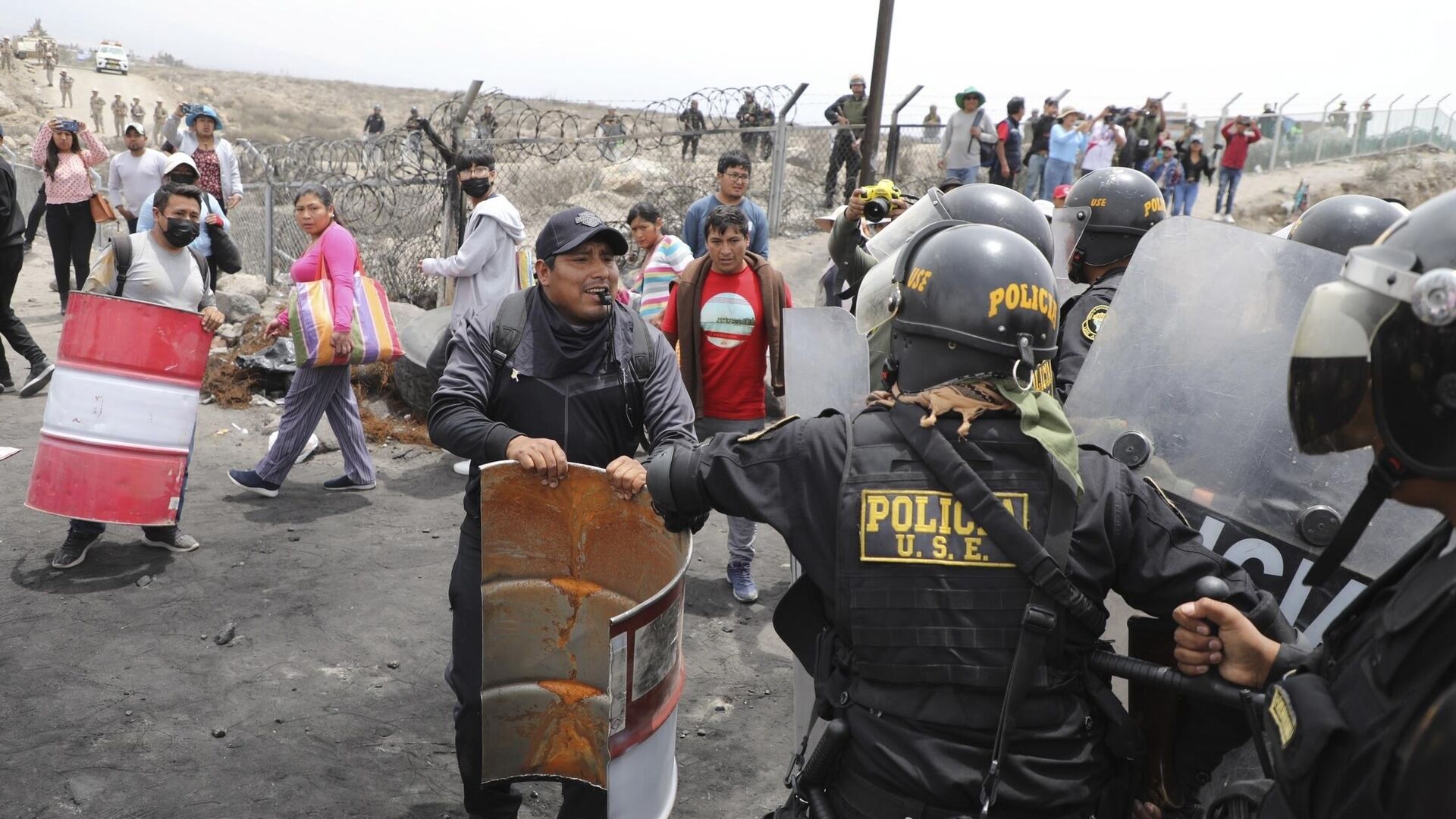In southern Peru, leaders of deadly protests are poised for an “endless battle” against the government. The fighting, which has been going on for weeks, threatens to destabilize the deeply divided Andean nation.
At least 18 protesters were killed in the southern province of Puno on Monday (9th). It was the worst day of violence since Castillo’s failed December 7 coup that killed a total of 40 people in protests and 7 others in related accidents.
Anger in the southern Andes is likely to escalate, protest leaders told Reuters. This is a major risk for the companies of the world’s second largest copper producer, which is home to major mines such as MMG’s Las Bambas and Freeport-McMoRan’s Cerro Verde.

“This is an endless struggle,” reiterated Edgar Chura, leader of the Puno Defense Front protest group ahead of Monday’s clashes, a view shared by other protest leaders who spoke to Reuters.
According to him, one of the main demands of the southern regions is the revision of the current pro-market constitution, which dates back to conservative President Alberto Fujimori in the 1990s and which he described as “the economic and political enemy of the people”.
The protests sparked by Castillo‘s ouster and arrest after illegally attempting to shut down Congress to avoid an impeachment trial have directed anger at incoming President Dina Boluarte and at the legislature, widely vilified as corrupt and self-serving.
The demonstrators are demanding new elections later this year, an evacuation of Congress and a new constitution. Boluarte, Peru’s first female president who was Castillo’s deputy, has tried to appease protesters by offering elections two years early, in early 2024. However, she says many of the protesters’ demands cannot be met.
Boluarte, who speaks Spanish, Quechua and is from a small town, seemed to be in some sort of grip on things as protests died down in recent weeks, partly due to the holiday season. But with the new explosion of violence, her government is now under pressure again.
She is caught between a hostile Congress and angry rural voters who see Castillo, a former teacher and son of peasant farmers, as their representative against the traditional political elite, even if he made mistakes. “He’s always had support and approval in the south, so there’s a sector that really feels like they’ve deposed the politician who represented them,” analyzed Jeffrey Radzinsky, director of political consultancy Grupo Fides Peru.
Southern Peru, a poor region rich in copper deposits, was key to Castillo’s unexpected rise to power in 2021, when Boluarte had been his vice presidential nominee.
Castillo gained support by promising to reform the constitution to redistribute more of the country’s copper wealth and empower marginalized indigenous groups. However, he largely failed due to allegations of corruption and protests. His arrest, however, has strengthened his following and belied his shortcomings, fueling popular anger against the political elite, whom many blame for the wide disparity between the prosperous coastal capital of Lima and inland provinces.
Boluarte has a low popularity rating of twenty-one percent – similar to Castillo before his impeachment – although Congress is even lower with support of just 13%, according to a recent poll by Ipsos Peru.
Prime Minister Alberto Otárola says the protests are being fueled by “black money” and foreign interests intent on destabilizing Peru. He stressed that 75 police officers were injured in Monday’s clashes and promised new security measures to restore order.
Protest leaders, meanwhile, said the government’s proposal to bring the elections forward to April 2024 is not enough.
With information from latinapress

